Archaeologists in England have made an unusual discovery in a Roman well. This find is one that is providing new insights into Roman Britain and has been hailed as being both of national and international importance.
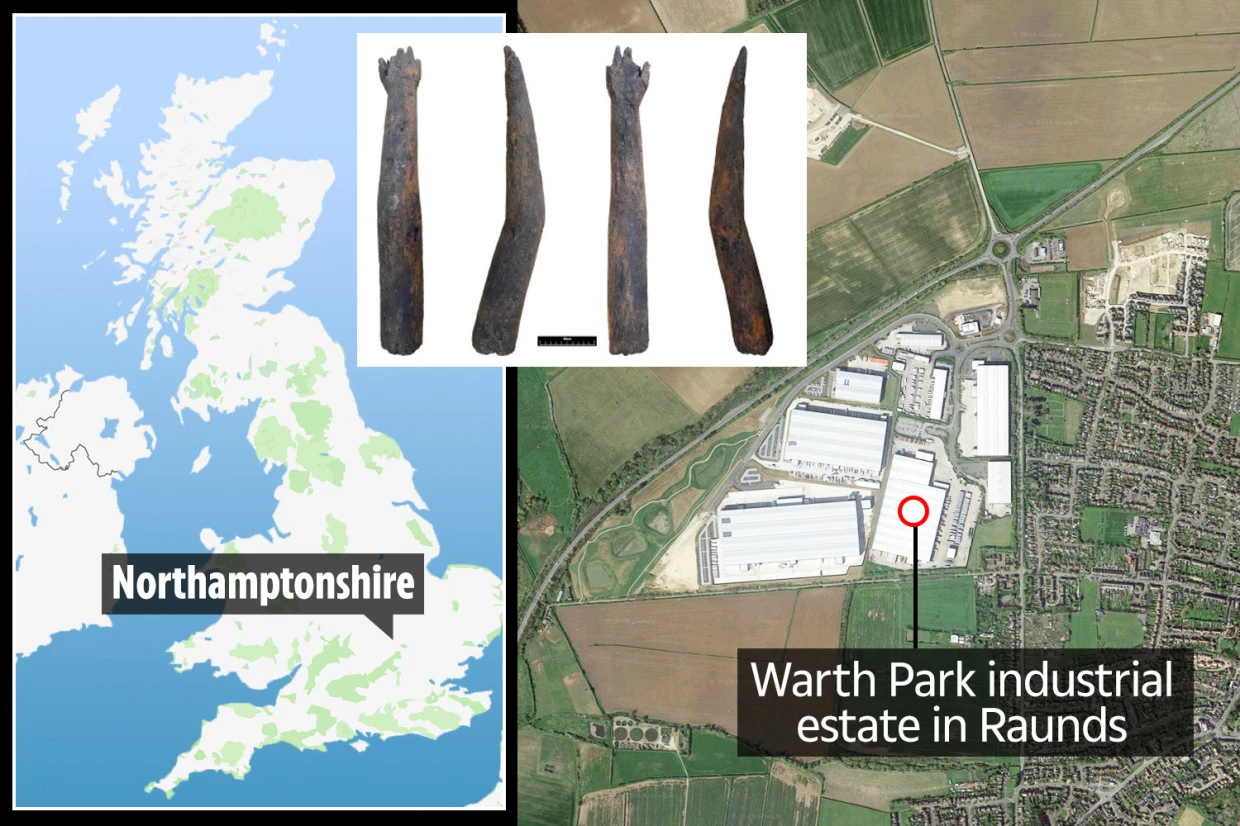
Unusual Roman wooden arm found during Northamptonshire excavation
During OA East's most recent excavations at Warth Park, in Raunds, Northamptonshire, a very surprising discovery was made, in the form of an unusual wooden artefact.

The stone-lined well which contained the wooden arm
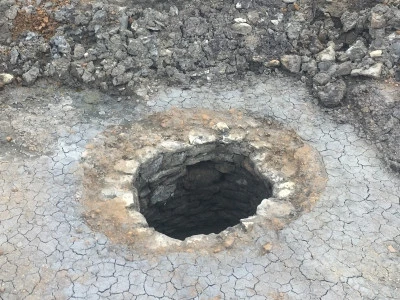
This object appears to have been thrown into a Roman well, probably as a votive offering, and is a representation of a complete human arm, with an open right hand. The wooden arm was analysed by archaeological wood specialist, Michael Bamforth (University of York). In his report, he said that it had been finely carved from a single branch, which makes use of a natural curve to form the elbow, and is very well made, as no tool marks are visible on its surface. The hand is also relatively slender and gracile and so, if it’s a life-sized piece, it seems to mimic the arm and hand of a small adult or adolescent. Intriguingly, the upper end of the object has no trace of any jointing, or other methods that could be used to attach the arm to a larger sculpture. Therefore, it seems likely that it was just this specific element of the body, which was represented and singled as being in some way significant for votive deposition.
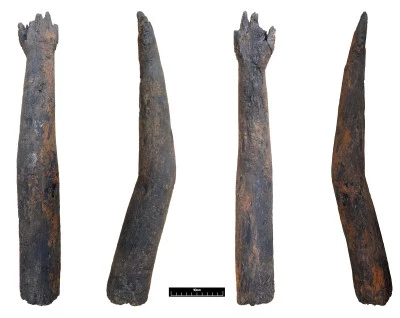
Photographs of the four sides of the wooden arm represented in a single image © Michael Bamforth
A small fragment from the sculpture has now been radiocarbone dated, indicating that the object dates to the earlier Roman period, specifically cal AD 86-240, which also corresponds with the date of Roman pottery recovered from waterlogged deposits in the well.
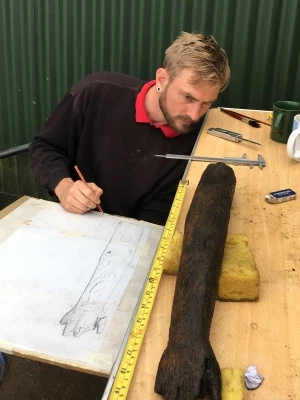
A scale illustration of the wooden arm. ( Oxford Archaeology )
Significantly, although carved wooden body parts deposited as votive offerings are known from the continent, none of the examples date from the same period as that from Warth Park. Given this, this wooden arm represents an incredibly rare artefact that holds at least national, and perhaps even international, importance.
Source: Oxford Archaeology


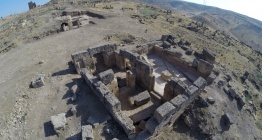





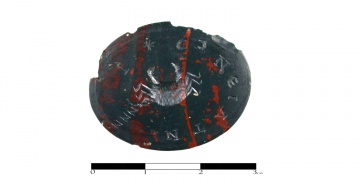 Pisidia Antiokheia'da tılsımlı kolye bulundu
Pisidia Antiokheia'da tılsımlı kolye bulundu  Türkiye Kültür Yolu Festivali'nin 2025 yılı takvimi belli oldu
Türkiye Kültür Yolu Festivali'nin 2025 yılı takvimi belli oldu  Giresun ve Samsun İl Kültür ve Turizm Müdürleri görevden alındı
Giresun ve Samsun İl Kültür ve Turizm Müdürleri görevden alındı  Kars'ta kaçak kazı yaparken yakalanan 6 defineciden 2'si Azerbaycan uyruklu çıktı
Kars'ta kaçak kazı yaparken yakalanan 6 defineciden 2'si Azerbaycan uyruklu çıktı 




